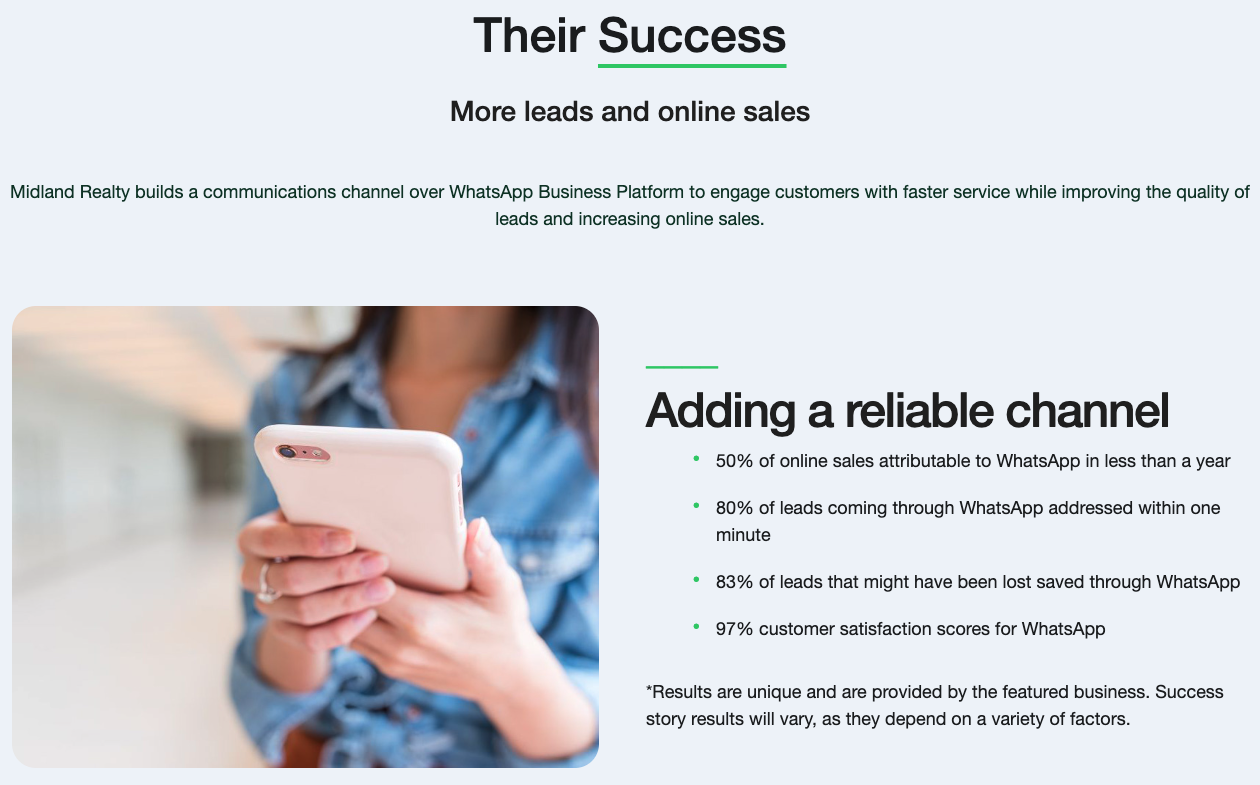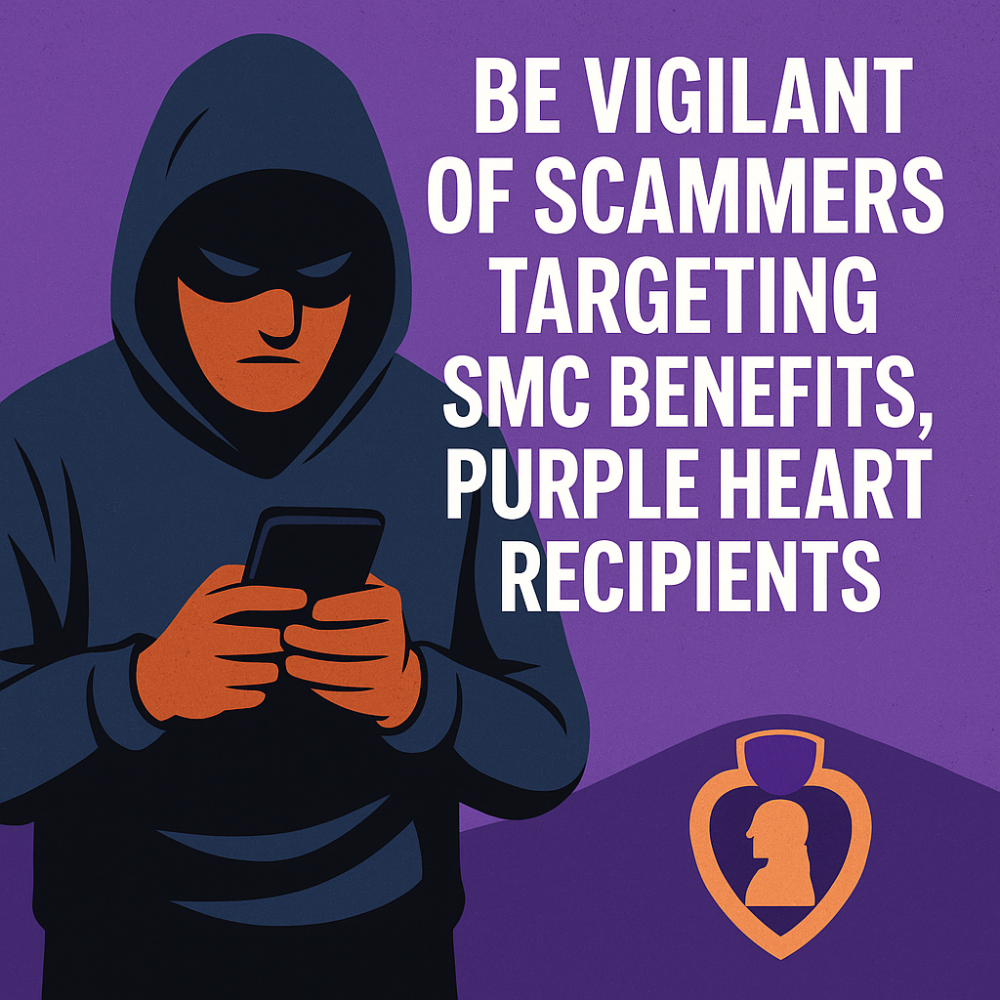The Balance Between Instant Messaging and More Formal Communication
In today’s rapidly evolving remote work landscape, communication tools have proliferated, with each offering unique advantages and potential pitfalls. Among them, instant messaging and more formal communication platforms often exist side by side, serving diverse purposes.
Striking a balance between the informality of a quick message and the formality of a detailed email or report is essential for maintaining efficiency and professionalism. This section will navigate the nuances of both forms of communication, providing insights into when and how to use each effectively.
1. The Rise of Instant Messaging in the Workplace

- Speed and Accessibility: With tools like Slack, WhatsApp, and Telegram, instant messaging (IM) has brought real-time communication to the forefront. Immediate responses facilitate quicker decision-making and problem-solving.
- Informal Tone: IM often carries a more relaxed tone, fostering camaraderie and allowing for a human touch in digital interactions.
- Integration with Other Tools: Many IM platforms can integrate with project management and file-sharing tools, making the exchange of information seamless.

2. The Continued Importance of Formal Communication
- Detailed Explanations: Platforms like email or formal report mechanisms allow for comprehensive communication, ensuring thorough understanding.
- Record Keeping: Formal communication offers a traceable record of correspondence, essential for referencing past discussions or decisions.
- Professionalism: In many contexts, especially external communications, formality conveys professionalism and respect.
3. When to Use Instant Messaging
- Quick Queries: For brief questions that require immediate answers, IM is ideal.
- Team Collaboration: IM is great for brainstorming sessions, where real-time feedback is beneficial.
- Informal Check-ins: A quick “hello” or wellness check on a colleague can make remote work feel less isolating.
- Urgent Updates: If there’s a sudden change or an immediate need, IM can get the message across fast.
4. When to Opt for Formal Communication
- Project Updates: Detailed summaries or results of a project are best sent through formal channels.
- External Communications: When communicating with clients, stakeholders, or other external parties, formal communication conveys professionalism.
- Sensitive Information: Discussions about performance reviews, salary negotiations, or other confidential matters should be approached with formality.
- Documentation Purposes: If the information needs to be referenced later or serves as a record, a formal medium is preferable.
5. Potential Pitfalls of Over-relying on Instant Messaging
- Information Overload: Continuous messages can lead to notification fatigue, causing important information to be overlooked.
- Misunderstandings: The brevity of IM can lead to ambiguities or misinterpretations.
- Distractions: Constant pings can interrupt focused work, decreasing overall productivity.
6. Ensuring Clarity in Instant Messaging
- Be Explicit: Given the concise nature of IM, be as clear and direct as possible.
- Use Emojis Judiciously: Emojis can convey tone, but overuse or misinterpretation can dilute the message’s seriousness.
- Follow Up: If a conversation becomes complex, consider transitioning to a more formal communication method or scheduling a call.
7. Maintaining Professionalism in Formal Communications
- Structured Layout: Organize your content with clear headings, bullet points, and paragraphs.
- Proofread: Ensure there are no grammatical or typographical errors.
- Clear Subject Lines: Especially for emails, a clear subject line gives the recipient an immediate understanding of the email’s content.
8. The Human Element in Digital Communication
- Personal Touch: Whether formal or informal, add a touch of personalization. It could be as simple as starting with “I hope this finds you well” in an email or a friendly emoji in a chat.
- Feedback Loops: Encourage feedback on your communication style. Some team members might prefer more detailed emails, while others appreciate quick IM check-ins.
9. Navigating Hybrid Communication Strategies
- Unified Tools: Platforms like Microsoft Teams offer both IM and formal communication channels, allowing teams to pivot between them based on the situation.
- Team Agreements: Establish guidelines on which communication methods to use in different scenarios. This ensures everyone’s on the same page.
Conclusion
The rapid digitization of the workplace has expanded our communication toolkit, but with it comes the responsibility to choose the right tool for the right task.
By understanding the strengths and limitations of both instant messaging and formal communication, professionals can navigate the digital workspace with agility and grace, ensuring messages are both received and understood as intended.
As with all tools, the key lies not just in their functionality, but in their judicious and effective use.
Scheduled Check-ins: Their Role in Maintaining Connection and Clarity
In the realm of remote work, maintaining a strong connection with colleagues and ensuring clarity in tasks and expectations becomes even more crucial. One effective strategy that many companies have adopted is the use of scheduled check-ins.
These intentional moments of connection, whether daily, weekly, or monthly, have profound impacts on team dynamics, productivity, and overall work satisfaction.
This section will delve deep into the significance of scheduled check-ins, how to conduct them effectively, and their manifold benefits.
1. The Essence of Scheduled Check-ins
- Predictable Communication: Unlike spontaneous interactions in a physical office, remote work requires a more structured approach to communication. Scheduled check-ins offer predictable moments of interaction, ensuring that team members are never left feeling isolated or out of the loop.
- Consistency: These check-ins, by virtue of their routine nature, bring about a sense of consistency and structure to the otherwise fluid realm of remote work.
2. Different Types of Check-ins
- Daily Stand-ups: Borrowed from Agile methodologies, daily stand-ups are brief meetings where team members discuss what they accomplished the previous day, what they plan to do today, and any roadblocks they’re facing.
- Weekly Reviews: These are more in-depth meetings where teams reflect on the week’s achievements, challenges, and set the agenda for the upcoming week.
- Monthly or Quarterly Reviews: These sessions focus on broader goals, analyzing performance metrics, and setting or revising objectives.
3. The Role of Check-ins in Building Connection
- Fostering Team Bonding: Regular interactions help team members build rapport, understand each other’s work styles, and foster a sense of camaraderie.
- Humanizing Remote Work: Video check-ins, in particular, allow team members to pick up on non-verbal cues, see each other’s environments, and build a more personal connection.
- Mental Well-being: Knowing there are dedicated times to connect and share can act as a morale booster, especially for those who may feel isolated working from home.
4. Ensuring Clarity and Alignment
- Clarifying Objectives: Regular check-ins are opportunities to ensure everyone understands their tasks, the company’s broader goals, and how they align.
- Feedback Mechanism: They offer a structured platform for feedback, both positive recognition and constructive criticisms.
- Problem-solving: Addressing challenges or roadblocks becomes more streamlined when there’s a dedicated time to discuss and brainstorm solutions.
5. Conducting Effective Check-ins
- Set an Agenda: While check-ins should have a level of informality to foster connection, having a loose agenda ensures that key points are covered.
- Rotate Facilitators: To encourage active participation, consider rotating who facilitates the check-in, allowing different team members to take the lead.
- Respect Time: Start on time and end on time. This respects everyone’s schedules and ensures that check-ins remain efficient.
6. Tools to Aid Scheduled Check-ins
- Calendar Apps: Using tools like Google Calendar or Outlook to set recurring check-ins ensures nobody forgets.
- Video Conferencing: Platforms like Zoom or Microsoft Teams allow for face-to-face interactions, enhancing the quality of connection.
- Agenda Platforms: Tools like Notion or Trello can be used to set agendas, track discussions, and follow up on action items.
7. Challenges and Solutions
- Time Zones: For global teams, finding a suitable time for everyone can be challenging. Rotating meeting times or recording sessions for those who can’t attend live can be solutions.
- Zoom Fatigue: Over-reliance on video calls can be exhausting. It’s important to mix up formats, sometimes opting for voice calls or asynchronous communication.
- Over-communication: While check-ins are beneficial, there’s a balance to strike. Ensure that meetings have a clear purpose and aren’t held just for the sake of it.
8. Evolving the Check-in Process
- Feedback Surveys: Periodically, gather feedback on how the check-ins are going. This can provide insights into areas of improvement.
- Incorporate Fun: Occasionally, turn check-ins into more relaxed social interactions. Virtual coffee breaks or game sessions can be a refreshing change.
9. The Broader Impacts
- Culture Building: Over time, consistent and effective check-ins can play a pivotal role in shaping a company’s remote culture, emphasizing transparency, connection, and collaboration.
- Performance Improvements: With clearer understanding and alignment, teams can operate more efficiently, driving better results.
Conclusion
Scheduled check-ins, when done right, transcend their basic function of being just meetings.
They become lifelines of connection in a digital realm, pillars of clarity amidst potential chaos, and platforms for collaboration and growth.
As the world further embraces remote work, refining and prioritizing these check-ins will be integral to companies aiming for sustained success and cohesive team dynamics.
FAQ
How do you conduct check-ins?
Conduct check-ins by scheduling regular meetings, setting a clear agenda, actively listening to team members, addressing concerns, and providing feedback on progress and goals.
Why is it important to check-in with your team members?
Checking in fosters communication, builds trust, ensures alignment on goals, boosts morale, and allows for problem-solving, enhancing overall team productivity and cohesion.
Are daily check-ins too much?
Daily check-ins can be valuable for some teams, promoting real-time updates and quick issue resolution. However, they may be excessive for others; it depends on the team’s needs and preferences.
Why are daily check-ins important?
Daily check-ins offer immediate updates, keep everyone informed, and help identify and address issues promptly, making them essential for fast-paced or complex projects.
How often should check-ins be?
Check-in frequency varies by team and project. It can range from daily for highly dynamic projects to weekly for less urgent matters. The key is to find a balance that suits your team’s needs.
How often should your manager check-in with you?
Managers should tailor check-in frequency to individual team members, considering workload, project status, and preferences. A general guideline is weekly, but it can vary.
How do you know if a manager cares about you?
A caring manager shows interest in your well-being, listens to your concerns, provides support, recognizes your efforts, and helps you grow within the organization.
How do you know if your manager is using you?
A manager may be using you if they consistently assign excessive work, fail to acknowledge your contributions, show favoritism, or neglect your professional development.
Should I talk to my manager every day?
The frequency of communication with your manager should align with your work requirements. Daily discussions may be necessary for some roles but not for others. It depends on your responsibilities and projects.
Why are weekly check-ins important?
Weekly check-ins provide a regular opportunity to review progress, set priorities, and discuss challenges. They help maintain focus and alignment among team members and contribute to goal achievement.
How to do weekly check-ins?
Weekly check-ins involve setting an agenda, reviewing goals, discussing achievements, addressing concerns, and planning for the upcoming week. They should be structured and goal-oriented.
What is the purpose of weekly check-ins?
The purpose of weekly check-ins is to ensure ongoing alignment, track progress, identify and address obstacles, and set priorities for the week ahead, ultimately contributing to project and team success.




Leave a Reply